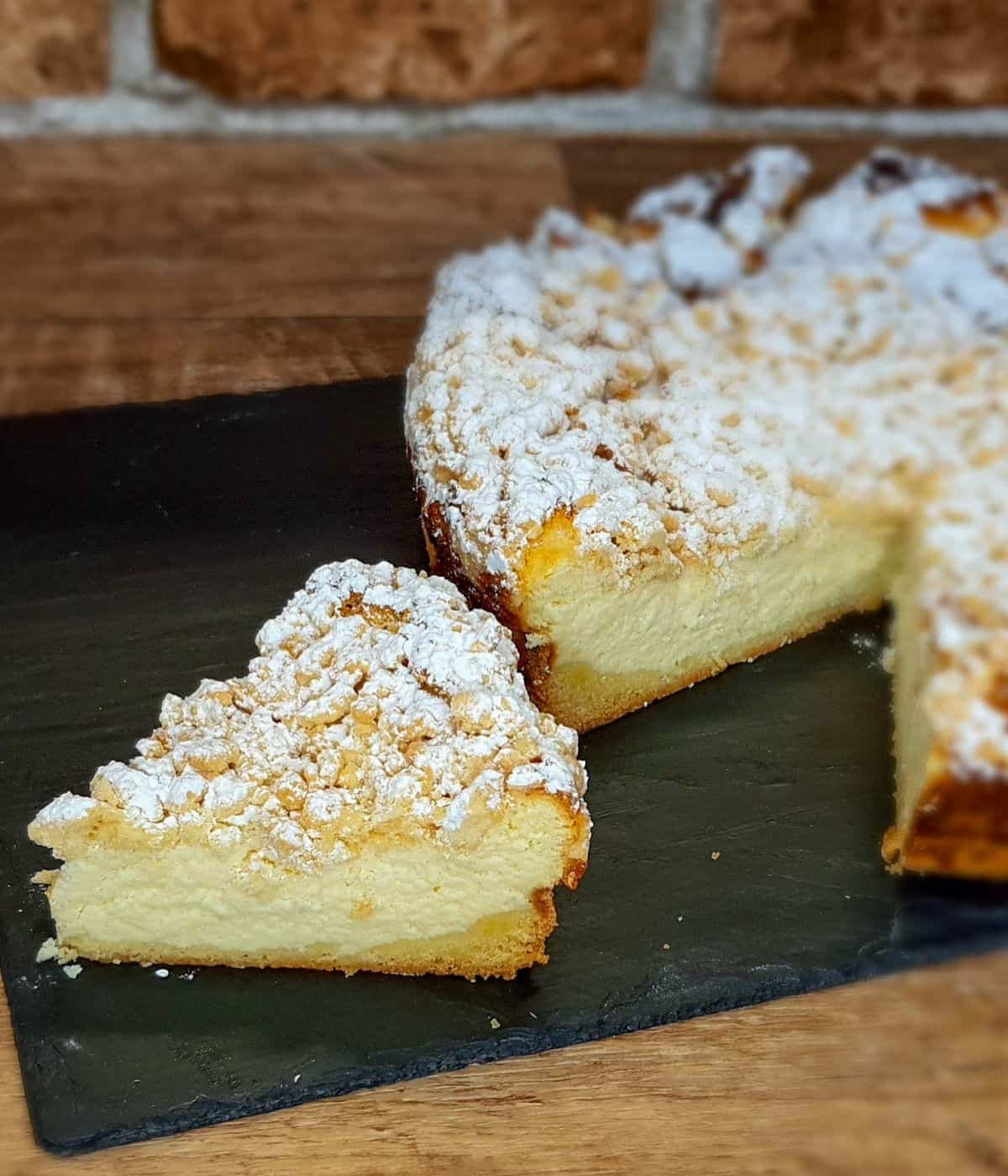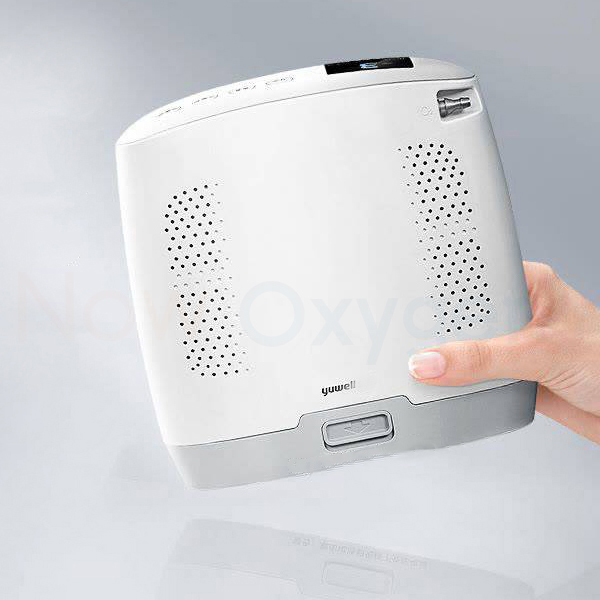
Lithuania, a country known for its rich cultural heritage and picturesque landscapes, boasts a culinary tradition that is as diverse as its history. Among the array of delectable dishes, one particular delight stands out and captures the essence of Lithuanian cuisine – pyragai. These traditional pastries are a testament to Lithuania’s love for hearty, flavorful, and comforting food.
The Origins of Pyragai
Pyragai, often referred to as Lithuanian pies, have deep roots in the country’s culinary history. Traditionally, they were made for special occasions and family gatherings, symbolizing warmth and togetherness. Over time, pyragai have evolved, but they remain a beloved staple in Lithuanian households and a must-try for anyone visiting the country.
Varieties of Pyragai
Lithuanian pyragai come in a multitude of varieties, each with its unique flavor and filling. From sweet to savory, there’s a pyragas for every palate.
- Sweet Pyragai: These are often filled with fruits like apples, berries, and plums, sweetened with sugar and spices. One popular version is the apple pyragas, a comforting dessert featuring tender, cinnamon-spiced apples encased in a buttery crust.
- Savory Pyragai: These are typically filled with ingredients like meat, cheese, mushrooms, and vegetables. A classic example is the kibinai, a savory pastry filled with minced meat and onions, which hails from the Karaite Jewish community in Lithuania.
Making Pyragai at Home
Creating pyragai at home is a rewarding experience that allows you to connect with Lithuanian culinary traditions. While the process can be time-consuming, the end result is worth every effort. Here’s a simple guide to making sweet apple pyragai:
- Prepare the Dough: Mix flour, butter, sugar, eggs, and a pinch of salt to form a smooth dough. Let it rest in the refrigerator for about an hour.
- Make the Filling: Peel and slice apples, then toss them with sugar, cinnamon, and a bit of lemon juice.
- Assemble the Pyragai: Roll out the dough, cut it into circles, and place a spoonful of the apple mixture in the center of each circle. Fold the dough over the filling and crimp the edges to seal.
- Bake: Place the pyragai on a baking sheet and bake in a preheated oven at 180°C (350°F) until golden brown.
Where to Enjoy Pyragai in Lithuania
If you’re not up for baking, Lithuania offers numerous places where you can indulge in authentic pyragai. Many local bakeries and cafes serve these delightful pastries, each with its own twist. One such destination is Bijola, renowned for its exquisite range of desserts and pastries, including a variety of pyragai. Their website, bijola.lt/desertai/pyragai, showcases an enticing selection that promises to satisfy your cravings.
Pyragai as a Cultural Experience
Eating pyragai is more than just enjoying a pastry; it’s a cultural experience that offers a taste of Lithuanian traditions and hospitality. Whether you’re savoring a sweet apple pyragas or a savory meat-filled kibinas, each bite tells a story of the country’s rich culinary heritage.
Conclusion
Pyragai are indeed culinary gems of Lithuania, embodying the heart and soul of the nation’s cuisine. Whether you choose to make them at home or sample them at a local bakery like Bijola, indulging in pyragai is an experience that offers a delicious insight into Lithuanian culture. So, next time you find yourself in Lithuania, make sure to treat yourself to these delightful pastries and discover the true essence of Lithuanian culinary delights.





